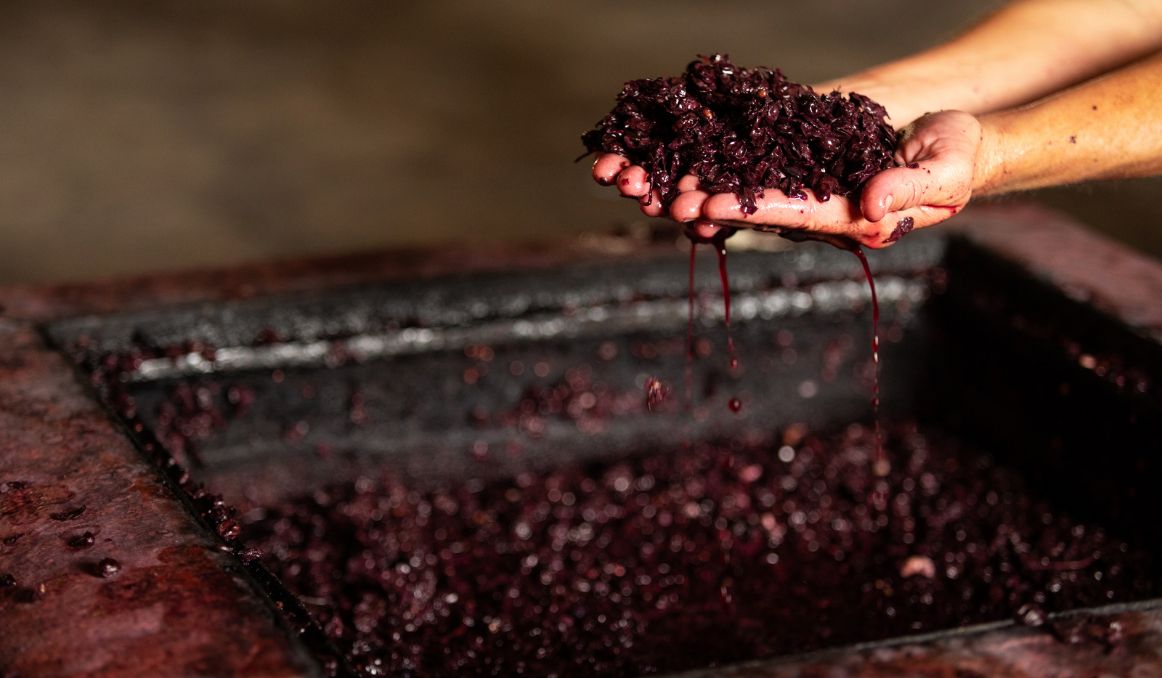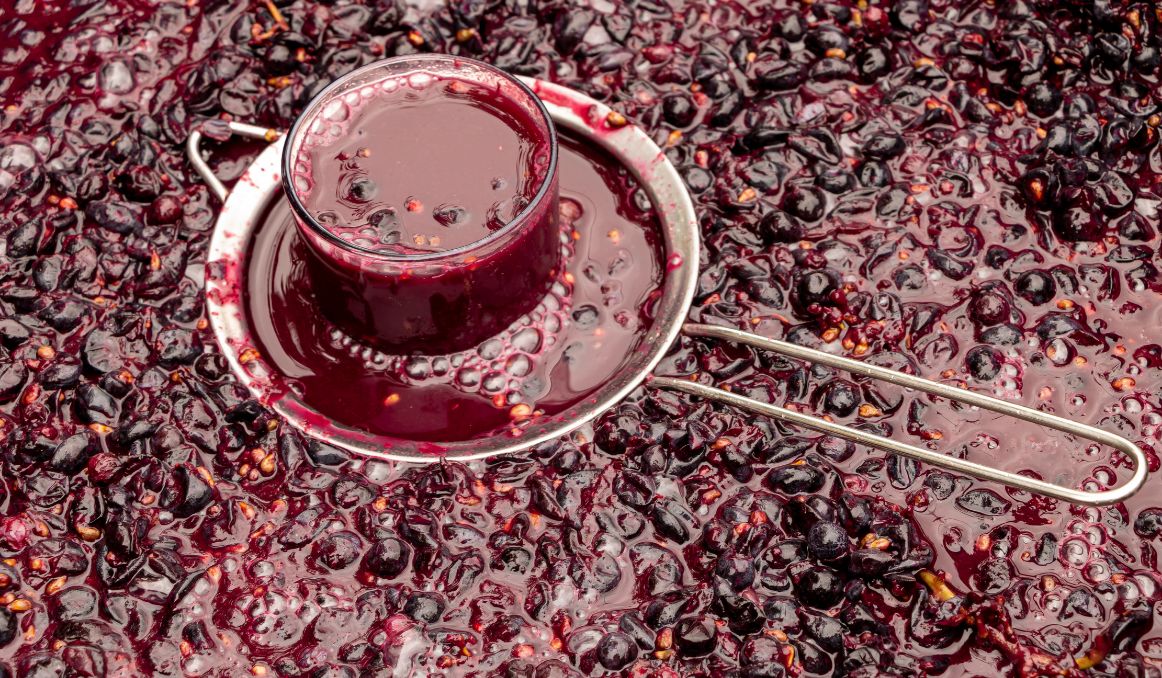Stuck Fermentation in Wine Making: Causes and Solutions
You’ve got it all down – you bought the land, you cultivated the perfect vines, you have casks to die for and a perfect recipe and system for great wine. Then, your wine just… stops. This sluggish, way slowed down occurrence can be an enormous headache in an already painstakingly careful process. As a wine maker, new or old, having your fermentation process simply stop or even slow down feels like an impossible hurdle to clear, and you fear you will lose potentially hundreds if not thousands on a “bad” batch of wine.
Not so.
Stuck fermentation in wine making is actually much more common than most realize. The causes are quite simple to lay out, and more than one solution exists for troubleshooting.
Wine Making 101
First, how did you get to the point of stuck fermentation? The wine making process is well established and has been for thousands of years.
First, you harvest your grapes, the primary step that is seasonal and can be nerve wracking if you have a too hot summer or an early frost. Grapes are hardy but can still be ruined by extreme weather changes.
Next, you crush the grapes to release the juice. With red wine, you leave the skins with the juice to dye the wine red. With white wine, you’ll remove skins immediately.
The following step is where wine makers can get stuck. You add yeast to your juice for fermentation. During fermentation, the yeast eat the sugar and coverts it to alcohol.
There are a few final steps, which involve removing the skins and any other sediment from the wine, converting the malic acid in the wine, which is tart and sharp, to lactic acid, which is soft and round, and then of course the bottling and storing.
But it is that tricky fermentation part of the process we want to examine.
Fermentation is typically a super hands off task. The wine maker merely “pitches” the yeast, meaning you add it to the juice, and the yeast gets to work. Wine makers have a choice between purchasing a commercially packaged yeast or working with naturally occurring yeast on the grapes. The first option will allow for a consistent product, but the second can bring out more complex flavors.

There are many types of fermentation:
Oak Barrel
It is the most common type of fermentation. The juice and yeast are put in an oak barrel, and while the sugar is converting to alcohol, the wine is also picking up flavors from the barrel, such as vanilla. This wine is usually creamy in texture.
Bottle
For sparkling wine, the wine undergoes a second fermentation after bottling, wherein the winemakers add a yeast and sugar mix to the bottle to create carbonation.
Malolactic
This process creates a softer, rounder texture in the wine through the conversion of malic acid to lactic acid.
Carbonic Maceration
Carbonic maceration is applied when working with wild yeast, using the natural yeast and bacteria found on the grapes for fermentation.
In each of the above references processes, sluggish fermentation can occur.

How to Fix Sluggish Fermentation
Remember that sluggish fermentation just means that the yeast is not converting the sugar to alcohol. Either it was converting and then stopped, it was and then slowed down, or it never converted the sugar at all.
The primary reasons for sluggish fermentation are that the temperature is too cold, the grapes were overripe or you have a nitrogen deficient must.
Fortunately, more often than not, you can check the temperature and find the vessel is too cold. Temperature swings are the biggest cause of stuck fermentation. A simple fix is to move the vessel to a room temperature of 68 to 70 degrees F. The yeast cannot operate at too cold temperatures. Simply heating it up will get it excited and converting again.
Another simple fix is to open your vessel and stick a sanitized spoon inside and stir up your “must,” the product that is between grape juice and wine. This stirring should wake up any sleepy yeast and get it going again. Try this for a couple of days. It may easily spring to life, and you’ll see bubbles forming as fermentation starts up.
More complex steps involve adding yeast energizer or pitching new yeast.
If you tried both of the above steps to no avail, you can try to add a yeast energizer. In some cases, your grapes may not have enough of one particular nutrient – nitrogen. Nitrogen in wine is what allows the yeast to reproduce at a steady rate. Yeast energizer contains this extra nitrogen your wine may need, and it pulls the nitrogen from multiple sources, making your wine more complex in flavor in the end as well as more nutrient dense.
If yeast energizes does not work, you may just want to pitch an entirely new yeast into your must. You will do this by pulling some of the stuck must out of your batch and mixing in new yeast, making sure to correctly calculate by volume. Once you notice your must has begun to ferment again (it may take a few days), you can add the must into the original batch and watch for fermentation to take off throughout the batch.
Or Maybe Leave It Alone
One final option for wine makers, of course, is just to go with it. You can always just let this stuck batch be a sweeter wine with a lower alcohol content. Brewers and winemakers across the world today are exploring all types of variations on beers and wines, and it is due to the wild and unexpected things that can happen during the fermentation process.
You may be happier to just let go and let it flow!
Passionate about the beer and/or wine making process? So are we! If you’re interested in finding out how you can use our technology to control fermentation and monitor your yeast, save work hours and improve the cost-efficiency of your business, drop us a line at [email protected] or check out our product pages:
- Oculyze BB 2.0 (Better Brewing) Yeast Cell Counter App + Hardware
- Oculyze FW (Fermentation Wine) Yeast Cell Counter App + Hardware
Also, you can now get access to a fully functional demo account to test our Web App. Completely free of charge and with no commitment to purchase.
Sources:
1. https://winefolly.com/deep-dive/how-is-red-wine-made/
2. https://usualwines.com/blogs/knowledge-base/wine-fermentation
3. https://www.midwestsupplies.com/blogs/bottled-knowledge/how-do-i-fix-a-stuck-fermentation
4. https://winemakermag.com/article/704-troubleshoot-a-stuck-fermentation
Never miss a beat and get real time updates with a new article each workday by subscribing our social media channels.
Instagram | Facebook | Twitter | YouTube


